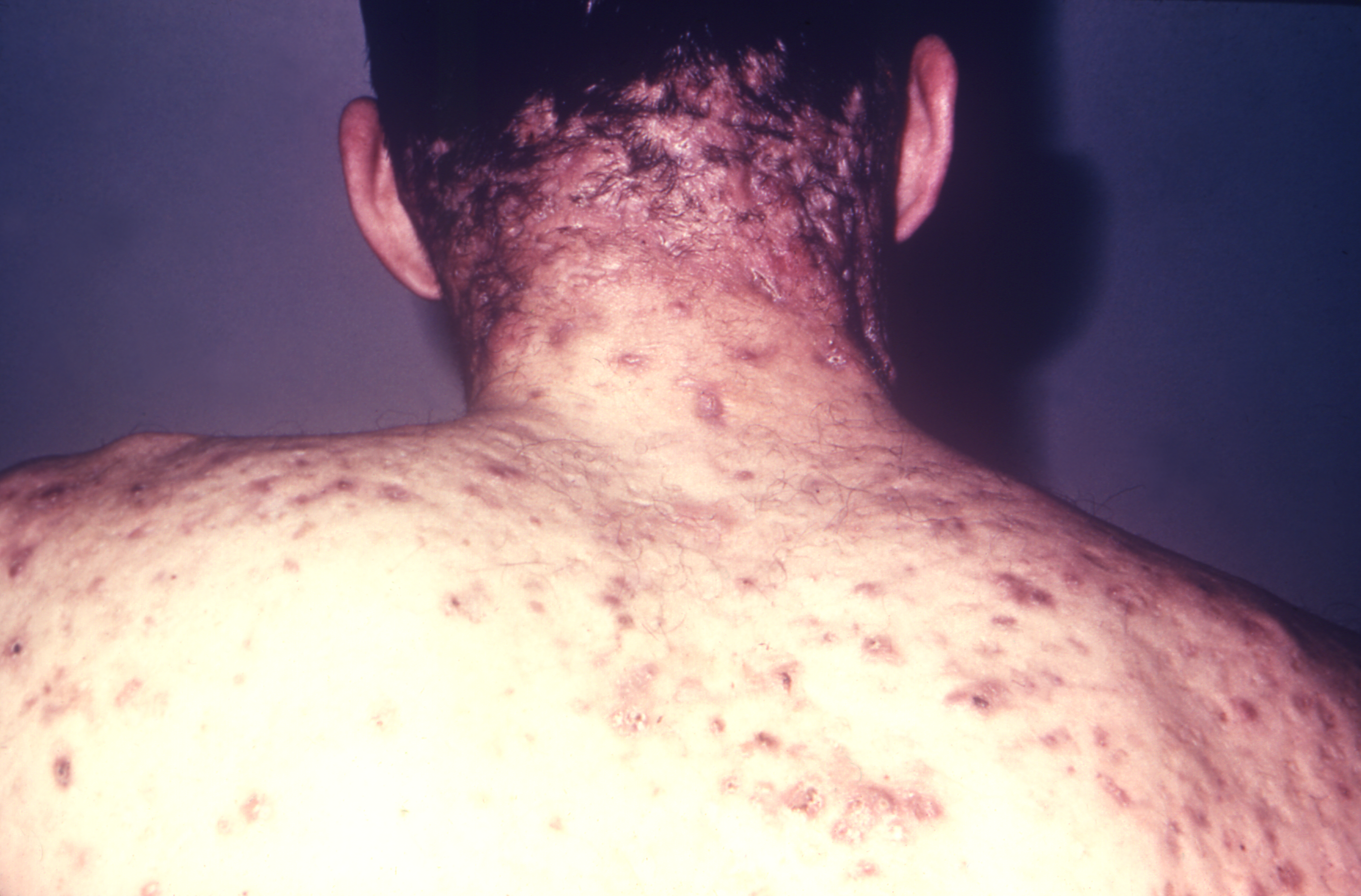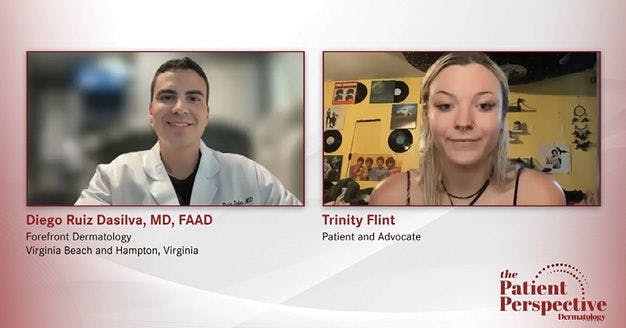- Acne
- Actinic Keratosis
- Aesthetics
- Alopecia
- Atopic Dermatitis
- Buy-and-Bill
- COVID-19
- Case-Based Roundtable
- Chronic Hand Eczema
- Chronic Spontaneous Urticaria
- Drug Watch
- Eczema
- General Dermatology
- Hidradenitis Suppurativa
- Melasma
- NP and PA
- Pediatric Dermatology
- Pigmentary Disorders
- Practice Management
- Precision Medicine and Biologics
- Prurigo Nodularis
- Psoriasis
- Psoriatic Arthritis
- Rare Disease
- Rosacea
- Skin Cancer
- Vitiligo
- Wound Care
Publication
Article
Dermatology Times
Dermatologists on Fire: Stasis vs Change
Author(s):
This World Mental Health Day, Zoe Diana Draelos, MD, discusses the importance of prioritizing physician well-being in order to prevent burnout, or as Draelos instead refers to it, "stasis."
fizkes/Adobe Stock

October 10 is World Mental Health Day. I suppose it was selected to be positioned before the Thanksgiving and Christmas holiday seasons, when celebrating sometimes becomes challenging. It is also the end of the year, when books must be closed and corporate activities concluded, adding more work for the practicing dermatologist. A lot has been written about physician burnout, and I have read many of the articles. The recommendations are similar. It is advised that physicians take more time to relax, get plenty of sleep, exercise regularly, take peaceful walks, undertake calming activities, and enjoy a leisurely hobby. These recommendations all involve slowing down, sitting still, and lowering your energy level. For me, these ideas simply do not work.
First, the idea of dermatologist burnout does not explain what is happening. My background prior to medicine was in mechanical engineering. I look at the world as an engineer. To me, burnout means that some material is combusting, releasing nanoparticles into the atmosphere, and being turned to char. It is a 1-way reaction that cannot be reversed and it may be difficult to examine the char to determine exactly what burned. I do not think that burnout is an appropriate term to describe dissatisfaction with one’s career.
Second, the idea of taking time to slow down and sit still as a method of achieving better mental balance is unappealing. It is difficult for me to sit still. I wonder whether other dermatologists find that many of the recommendations to prevent burnout simply provide fuel for the fire. My elementary school teacher told me I would be just fine if I could learn to sit still. Well, I have not learned to sit still and I suppose at this point in my life, I will not. Sitting still, taking walks that go nowhere, thinking calming thoughts, and writing in a diary just make me feel de-energized. So, what is the problem with dermatologist burnout, and are there solutions for people who have tried the mental health relaxation techniques without success?
The answer is a resounding yes. Burnout is not the appropriate term for what many dermatologists experience. The proper term is stasis, which means to stand still going nowhere, doing the same thing repeatedly, being presented with problems that do not have solutions, and feeling dissatisfaction over the inability to initiate improvement. The opposite of stasis is change. Burnout is irreversible, but change is the antidote to stasis. You may say change is impossible, as many dermatologists are not in charge of insurance reimbursement, prior authorization rules, patients’ rude behavior, staffing problems, inflation, and long work hours. However, change can be instituted successfully and easily in your life.
The first thing required to resolve stasis is to purchase a piece of artwork you find inspiring and hang it above your desk at work. Find joy each time you look at the picture. I got rid of yellowed diplomas and faded landscape prints. Second, read the dermatology literature and find a procedure that you want to learn, such as liposuction, which was my choice. Call a fellow dermatologist who does the procedure and ask for mentoring, attend a hands-on conference, or catch up with relevant news on Dermatology Times in print or online. Incorporate this new skill into your practice along with some new dermatologist friends you made along the way. I think the COVID-19 pandemic has left many of us professionally isolated. Third, think of a way to inspire young people to go into medicine and dermatology reliving the enthusiasm and events that surrounded your decision to become a dermatologist. You could start a medical interest group at your local high school or have an open house in your office for aspiring dermatologists. My husband and I started the Draelos Science Scholars in High Point, North Carolina, where we take rising high school juniors and place them in a research laboratory environment for 6 weeks during the summer to allow them to experience the joy of exploring the unknown. It is my hope that some of these young minds will follow a STEM (science, technology, engineering, and math) career.
Finally, when you have a bad day, which we all experience, start a new project. Go through your surgical scissors in the office and determine which ones need to go out for sharpening. Color-code your instruments with autoclavable tape so each surgical room has a different color, making restocking the surgical equipment drawer easier. Go through your supply closet and figure out how to use up some old supplies that got lost in the back. Soon you will be busy and engrossed in a productive activity that will improve your office, making you forget about the negative experience. I find getting busy is the best way to let my mind release through forward progress and restore my sense of well-being.
Dermatologists are some of the most highly selected physicians in the country. We all have something special to offer, or we would not have received a dermatology residency position and the opportunity to share our talents with others. Being burned out is a 1-way path to emotional ruin. Being in temporary stasis can be easily remedied through productive change. I have provided a few ideas as to how change can be implemented, thus putting out the fire.
Zoe Diana Draelos, MD, is a consulting professor of dermatology at Duke University School of Medicine in Durham, North Carolina, and editor in chief of Dermatology Times.

Newsletter
Like what you’re reading? Subscribe to Dermatology Times for weekly updates on therapies, innovations, and real-world practice tips.


























